https://www.popularmechanics.com/space/rockets/a30295321/starliner-test-failure/
Boeing's Starliner Falls Short in Big Blow to NASA's Crewed Program
In space, you always need to know what time it is.
By Joe Pappalardo
Dec 20, 2019
This morning Boeing's Starliner spacecraft, built to carry NASA astronauts to the International Space Station, suffered an anomaly after it launched from Florida.
Media, satellite trackers, and space enthusiasts around the world were kept in early morning suspense as the picture perfect launch became a crisis high above Earth when the spacecraft was reported to have suffered an "off nominal insertion" into orbit.
So what does this mean for Starliner and NASA's crewed ambitions?
So...What the Hell Happened?
According to NASA administrator Jim Bridenstine, the spacecraft has a "Mission Elapsed Time anomaly causing the spacecraft to believe it was in an orbital insertion when it was not."
The MET is a pretty basic function of a spacecraft, but it is a vital one since everything it's programmed to do happens at a specific time, and for a specific amount of time. It's the basics behind all space navigation.
Boeing seems to have built a modern spacecraft that lost track of the time. Boeing officials say they don’t yet know the root cause.
At an all-hands press conference, Bridenstine said “a lot of things went right” and that “this is why we test.”
Boeing seems to have built a modern spacecraft that lost track of the time.
Although saying the information was still being processed, he said the operators couldn’t correct the mistake and fire the engine to get into proper orbit in time. Bridenstine said “it appears we were between two communications satellites” and couldn’t get a signal to command the spacecraft.
Boeing and NASA officials, including NASA Starliner astronaut Nicole Mann, have emphasized that had astronauts been on board, they could have saved the mission by taking control of the spacecraft once it was clear that the automation wasn't working.
"If we had crew on board they would have been safe and we may be docking with ISS tomorrow" Bridenstine said.
Will the Spacecraft Dock With ISS?
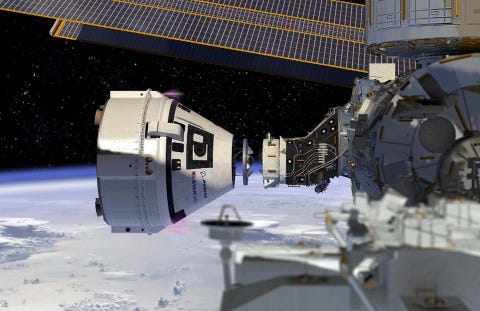
Boeing
No. The bad insertion cost too much fuel.
"Because Starliner believed it was in an orbital insertion burn (or that the burn was complete), the dead bands were reduced and the spacecraft burned more fuel than anticipated to maintain precise control," Bridenstine said.
Those dead bands are like governors that limit the vehicle's behavior during certain phases of flight. During some parts of the ascent, precision is vital and the spacecraft will correct itself constantly. This burns lots of fuel, especially when it happens in the wrong phase of the flight.
The flight team has control of the spacecraft and elevated the orbit of the spacecraft with "good burns." This should enable control of the capsule, enough to set it down at White Sands in around 48 hours, so landing there is a big test objective and a badly needed win for Boeing and NASA.
Boeing astronaut Chris Ferguson, who is scheduled to ride in the spacecraft next year, tweeted an update that made it clear that the landing options are being discussed as the capsule rests in a safe orbit.
What Does This Mean for NASA's Crew Program?
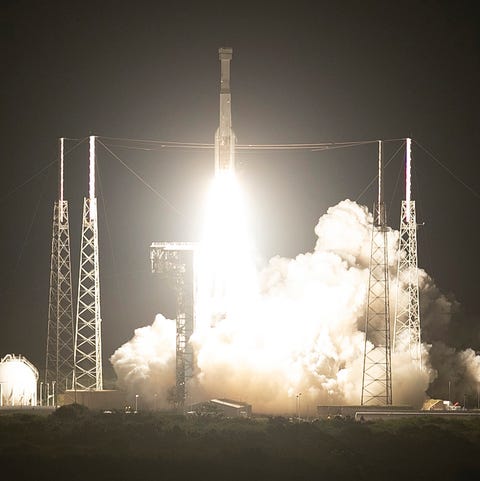
Joe RaedleGetty Images
This was a test launch, and as such, the issues that it suffered can and will be corrected. However, this failure happened early in the mission. Most of the critical things that this cruise was meant to test—like docking to the space station and taking the full ride back down to the surface—remain untested.
The likelihood of NASA doing those things for the first time with people on board are slim.
Related Story
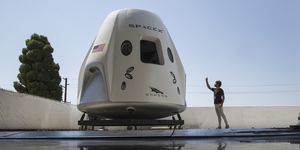
Why 2019 Signals a New Era of Human Spaceflight
The commercial crew program has always prized competition, which provides some redundancy as well as cost savings and innovation. SpaceX waits in the wings, launching its crewed Dragon capsule from a Falcon 9 rocket within weeks. Much of the hardware for that launch has been used to launch cargo flights to the space station, so the chance of success should be higher than today's less-than-ideal inaugural launch.
This disappointing test is bad news for Boeing, which has already been chastised by the GAO for a $90 million per seat price tag for its flights, (a figure Boeing disputes) while receiving a lot more money than SpaceX.
Delays have already sent NASA back to the Russians for rides to the ISS. It's hard to imagine, even if SpaceX nails their launch, that Boeing's rides will be ready when needed. It's a black eye for NASA and a chance for Russia to once again assert that NASA can't catch up to its workhorse Soyuz.
https://techcrunch.com/2019/12/20/b...anned-target-orbit-for-space-station-docking/
Boeing’s Starliner crew spacecraft won’t dock with Space Station as planned after missing target orbit
Darrell Etherington@etherington / 9:32 pm +08 • December 20, 2019
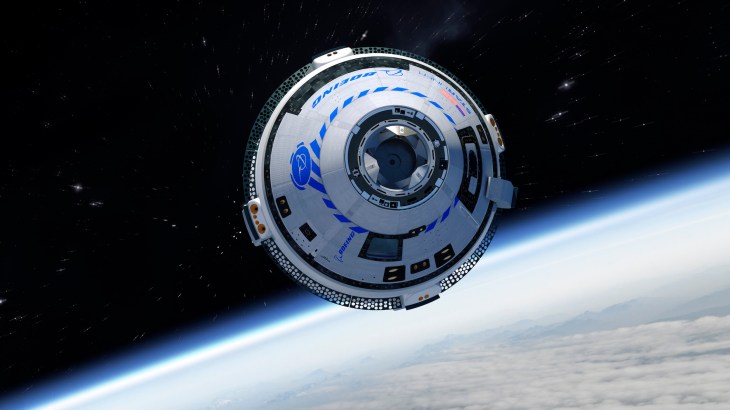
Boeing’s Starliner CST-100 crew spacecraft got off to a great start on its first-ever launch to the International Space Station this morning — but despite the rocket and launch vehicle performing as expected, the Starliner spacecraft itself hit a bit of a snag when it came time for its own post-launch mission to begin.
The Starliner capsule successfully separated from the ULA Centaur second-stage rocket that brought it to its sub-orbital target in space, but when the Starliner was supposed to light up its own engines and propel itself to its target orbit, the requisite burn didn’t happen. Boeing instead said that the spacecraft achieved a stable position to charge up its solar-powered batteries, and that it was working on the ground with its team to figure out which maneuvers come next to get the spacecraft where it needs to be.
NASA Administrator Jim Bridenstine provided via Twitter at 8:45 AM EST the first substantial update about what went wrong, noting that there was an incident wherein the Starliner spacecraft “believed it was in an orbital insertion burn, when it was not.”
This means its mission clock encountered some kind of bug or error that told the Starliner systems it was at a different point in the mission procedure than it actually should’ve been. As a result, the spacecraft burned more fuel than it was supposed to and missed its intended orbital insertion point. The Starliner has subsequently done a second burn and is in a stable orbit, but it is no longer capable of reaching the International Space Station as planned.
At a press conference that kicked off around 9:38 AM EST, the NASA administrator kicked off remarks by noting that “a lot of things went right” in today’s mission, regardless of the problems encountered.
“When the space craft separated from the launch vehicle, we did not get the desired orbital insertion burn that we were hoping for,” he continued, noting again that the spacecraft believed it was at a different stage in the mission than it actually was. Once ground control was able to send a manual command to correct it, it was “too late” to salvage the full mission of actually reaching the Space Station as planned because too much propellant was already burned.
Bridenstine also speculated that were NASA astronauts actually on board, they would “absolutely” have “been safe,” and that they probably could’ve assisted and overcome the automation error encountered via manual control to save the mission.
ULA CEO Tory Bruno explained that this was a fully successful launch from the perspective of the Atlas V launch vehicle, which flew in a different configuration than usual for the first time, so they consider it a win for their perfect launch record, having “literally hit a bullseye” for their target mission parameters.
“It appears that the vehicle was using a mission elapsed timer that was not the mission elapsed timer that the mission was on,” explained Boeing Senior Vice President of Space and Launch Jim Chilton. “We don’t know why that happened.”
The Starliner is currently in an orbit that will allow it to turn back to Earth in 48 hours, which Bridentstine and Chilton said in itself will be an important test of the landing system. Once on the ground, teams will be better able to figure out what happened on board the spacecraft with the Mission Elapsed Timer (MET) error.
As for what this means for the overall Boeing Commercial Crew mission, and whether this will impact the timing and sequence of the crewed flight test that was supposed to take place next, all parties say it’s too early to tell and they’ll need to do more investigation into what happened before determining whether there’s a need for another full orbital flight test before putting crew on a first test launch.
https://www.nbcnews.com/science/spa...ule-fails-reach-proper-orbit-crucial-n1105721
Boeing's new astronaut capsule fails to reach proper orbit in crucial test
The CST-100 Starliner successfully launched but then failed to reach the orbit that would have put it on track to meet up with the space station.
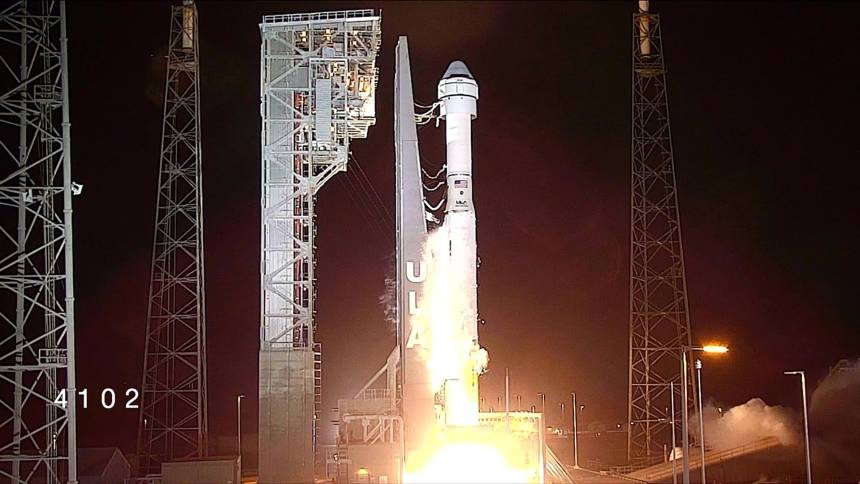
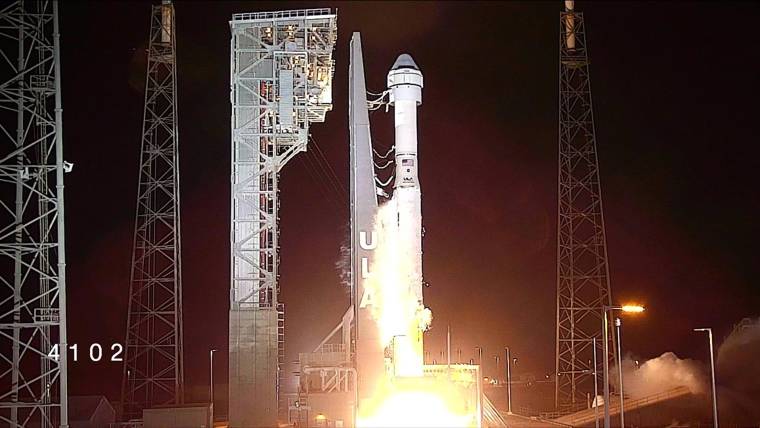
NASA launches first uncrewed Boeing Starliner, spacecraft experiences docking issue
Dec. 20, 201901:02
Dec. 20, 2019, 11:43 PM +08
By Reuters
A timer error prevented Boeing's new astronaut capsule from reaching the desired orbit as it embarked on an unmanned debut journey to the International Space Station on Friday, U.S. space agency NASA said.
The CST-100 Starliner astronaut capsule successfully launched earlier from Cape Canaveral in Florida, but then failed to reach the orbit that would have put it on track to meet up with the space station.
The mission was a milestone test for the U.S. aerospace firm, which is vying with SpaceX to revive NASA's human spaceflight capabilities.
The plan was now for the capsule to head back to Earth, landing at White Sands, New Mexico on Sunday, Boeing's space chief executive Jim Chilton told a news conference.
This is the landing site that would have been used if the capsule had completed its planned week-long stay at the space station.
“That was the absolutely the right decision for this mission,” NASA Administrator Jim Bridenstine told the news conference.
He said the timer error meant that the capsule burned fuel too soon, preventing it from reaching the desired orbit.
